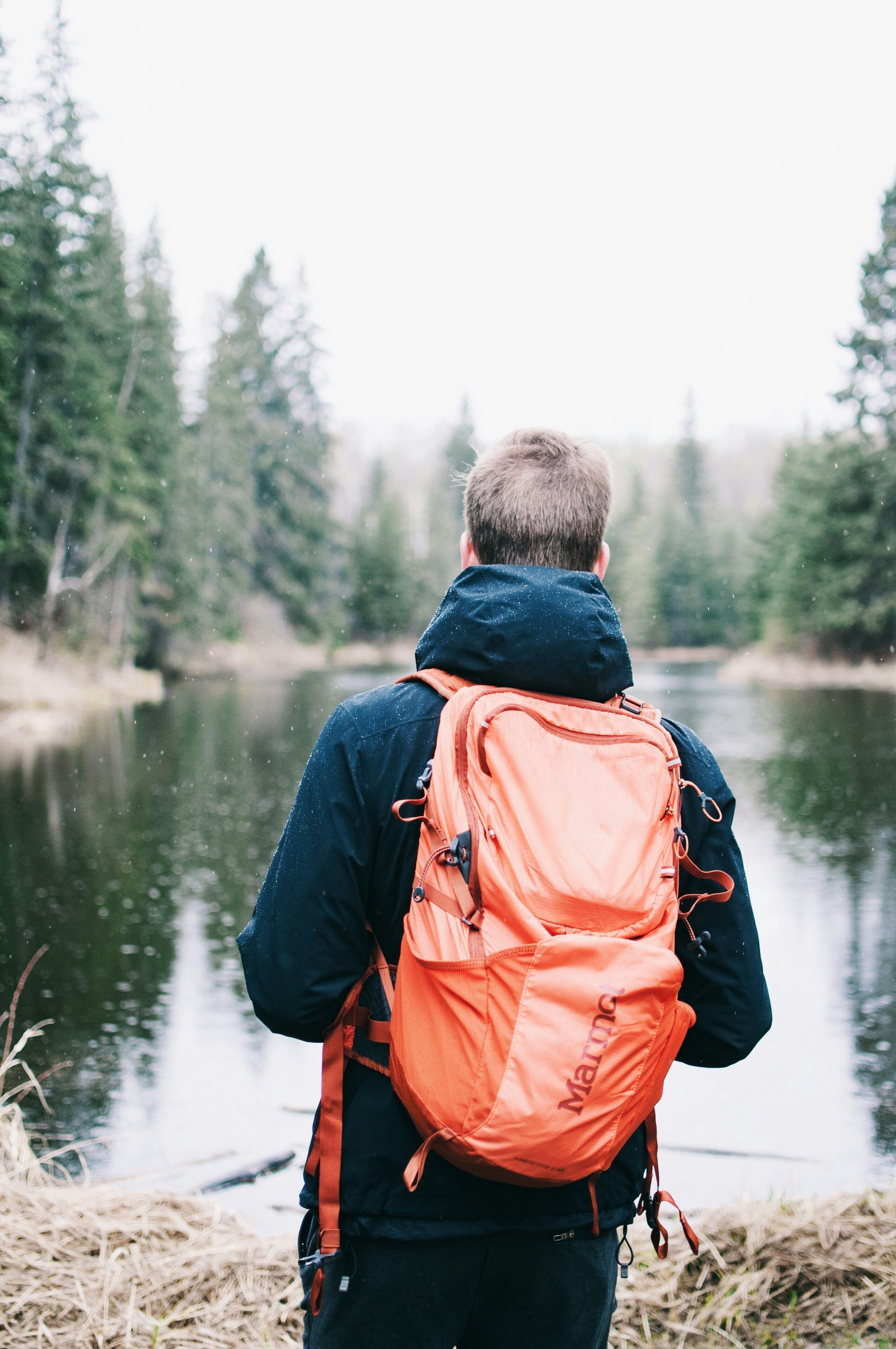
How to Hike in Different Seasons
How to Hike in Different Seasons: A Complete Guide
Hiking is a year-round adventure, but each season brings unique challenges and rewards. Whether you're trekking through snow-covered trails, navigating muddy paths in the spring, enduring summer heat, or marveling at fall foliage, preparing accordingly can make all the difference. This guide will walk you through the essentials of hiking in each season, including gear, safety tips, and trail recommendations.
Spring Hiking: Embracing the Bloom
Spring is a fantastic time to hike, as trails come to life with blooming flowers, rushing waterfalls, and fresh greenery. However, it also brings unpredictable weather, muddy trails, and lingering snow in higher elevations.
Key Challenges
- Muddy and wet trails due to melting snow and spring rains
- Unpredictable weather with sudden rain showers
- Lingering snow in mountainous regions
- Mosquitoes and ticks becoming active
Essential Gear
- Waterproof hiking boots to tackle muddy terrain
- Moisture-wicking clothes to handle temperature fluctuations
- Rain jacket or poncho for unexpected downpours
- Trekking poles for stability on slippery trails
- Bug spray to ward off insects
- Gaiters to keep mud and debris out of your boots
Best Spring Hiking Destinations
- Great Smoky Mountains National Park (USA): Wildflowers bloom across the landscape.
- Lake District (UK): A beautiful mix of rain-washed greenery and misty trails.
- Swiss Alps (Switzerland): Lower elevation hikes offer breathtaking scenery without deep snow.
Summer Hiking: Conquering the Heat
Summer is the most popular season for hiking, with long daylight hours and dry trails. However, it also presents dangers like heat exhaustion, dehydration, and sunburn.
Key Challenges
- Extreme heat and dehydration
- Strong sun exposure
- Wildfires and smoke hazards
- Crowded trails in popular locations
Essential Gear
- Lightweight, breathable clothing (preferably UPF-rated for sun protection)
- Wide-brimmed hat and sunglasses to shield against sun rays
- Plenty of water (carry 2-3 liters) and electrolytes
- Sunscreen (SPF 30+)
- Early morning or evening start times to avoid peak heat
- Cooling towels or bandanas for temperature regulation
Best Summer Hiking Destinations
- Banff National Park (Canada): Stunning glacier-fed lakes and mountain vistas.
- Yellowstone National Park (USA): Wildlife and geothermal features shine in summer.
- Dolomites (Italy): Iconic alpine landscapes and moderate temperatures at elevation.
Autumn Hiking: The Season of Foliage
Fall hiking is a dream for many, thanks to vibrant foliage, cooler temperatures, and fewer bugs. However, it also means shorter daylight hours and unpredictable weather.
Key Challenges
- Unpredictable temperature drops and early snowfall
- Shorter daylight hours
- Slippery trails covered with fallen leaves
- Possible wildlife encounters as animals prepare for winter
Essential Gear
- Insulating layers (light jacket, fleece, or vest)
- Waterproof boots with good grip for slippery leaves
- Headlamp or flashlight in case of early darkness
- Gloves and hat for chilly mornings
- Map and compass (some trails become harder to navigate with leaf cover)
Best Autumn Hiking Destinations
- New England (USA): Vibrant maple forests in places like Vermont and Maine.
- Scottish Highlands (Scotland): Misty mountains with striking golden-brown hues.
- Japan’s Nikko National Park: Fiery red and orange leaves contrast with serene temples.
Winter Hiking: A Snowy Wonderland
Winter hiking offers a peaceful and unique experience with snow-covered landscapes and fewer crowds. However, it demands careful planning and the right gear to stay warm and safe.
Key Challenges
- Cold temperatures and risk of hypothermia
- Snow-covered or icy trails
- Limited daylight hours
- Avalanche danger in mountainous areas
Essential Gear
- Insulated, waterproof boots with microspikes for traction
- Layered clothing system: moisture-wicking base, insulating mid-layer, waterproof outer layer
- Thermal gloves, hat, and balaclava to prevent heat loss
- Headlamp with extra batteries (winter days are short)
- Emergency gear: bivy sack, fire starter, extra food
- Avalanche safety gear (if hiking in avalanche-prone areas)
Best Winter Hiking Destinations
- Rocky Mountain National Park (USA): Stunning snow-covered peaks.
- Lapland (Finland): Magical winter landscapes with northern lights.
- The Alps (France, Switzerland, Austria): Ideal for snowshoeing and winter trekking.
General Safety Tips for All Seasons
- Check the weather forecast before heading out.
- Tell someone your plans and expected return time.
- Carry a first-aid kit with essentials for minor injuries.
- Use the layering system for temperature regulation.
- Stay hydrated and eat energy-rich snacks.
- Respect wildlife and follow Leave No Trace principles.
Final Thoughts
Hiking in different seasons requires adaptability, but with the right preparation, it can be a rewarding adventure year-round. Whether you're drawn to the fresh blooms of spring, the long days of summer, the golden hues of fall, or the quiet serenity of winter, each season has something special to offer.
By planning ahead and equipping yourself with the proper gear, you can safely and comfortably explore nature no matter the time of year. So lace up your boots, check the conditions, and hit the trail—there’s always a new adventure waiting!
